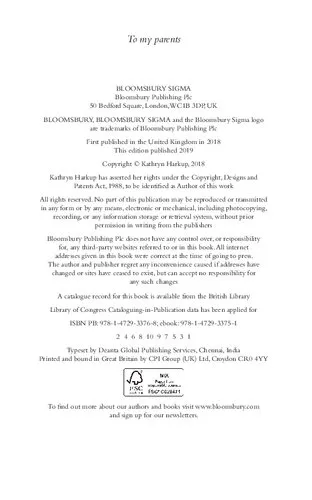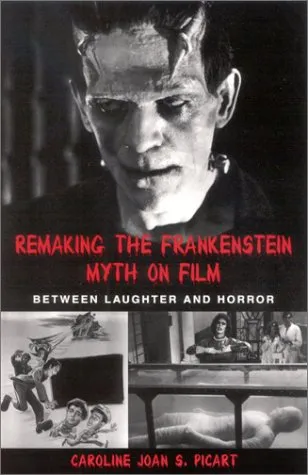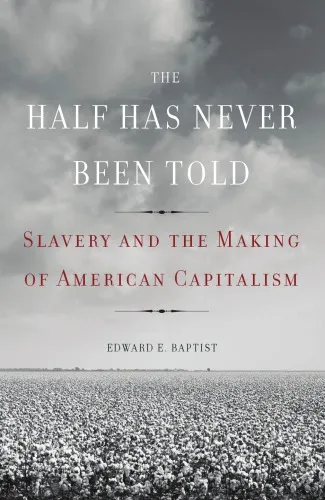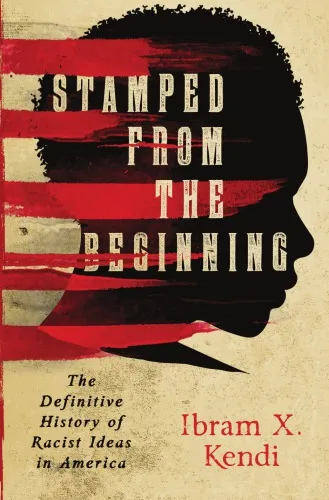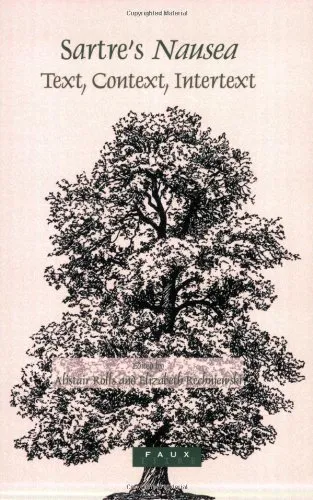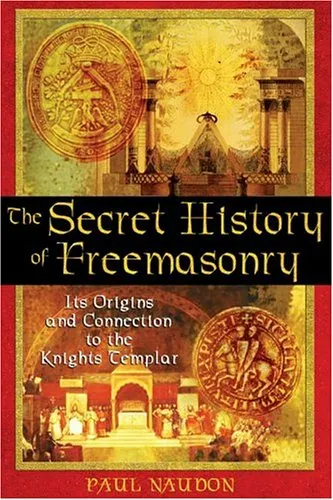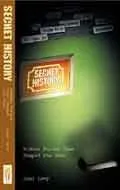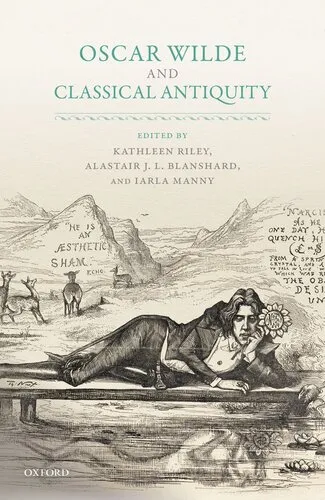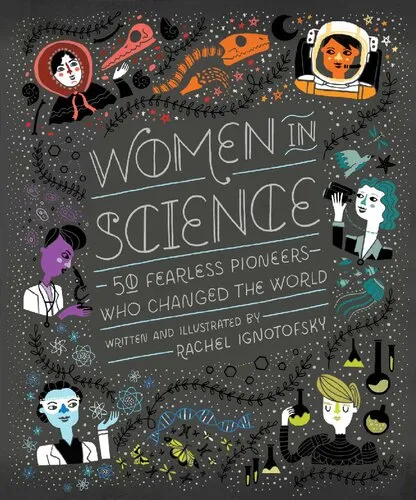Making the Monster: The Science Behind Mary Shelley’s Frankenstein
4.9
Reviews from our users

You Can Ask your questions from this book's AI after Login
Each download or ask from book AI costs 2 points. To earn more free points, please visit the Points Guide Page and complete some valuable actions.Related Refrences:
Introduction to 'Making the Monster: The Science Behind Mary Shelley’s Frankenstein'
Welcome to the world of Mary Shelley's "Frankenstein," a place where literature meets science and imagination intersects with reality. In "Making the Monster: The Science Behind Mary Shelley’s Frankenstein," we delve deep into understanding the confluence of scientific knowledge, societal influences, and personal experiences that culminated in one of the most enduring stories of all time. This book is an exploration of both the historical context of Shelley's writing and the scientific possibilities of her time.
Detailed Summary of the Book
"Making the Monster" takes readers on a journey through the early 19th century when Mary Shelley conceived her groundbreaking novel, "Frankenstein." This period was rife with scientific inquiry and discoveries, leading to a world on the brink of extraordinary change. Kathryn Harkup meticulously examines how the scientific advancements of the Enlightenment and the early Romantic era influenced Shelley's imagination and her depiction of the legendary Victor Frankenstein and his monstrous creation.
The book is divided into distinct sections that cover a myriad of topics, including electricity's role in reanimating life forms, the concept of galvanism, and the medical understanding of the human body during Shelley's lifetime. Harkup presents detailed insights into the contemporary experiments and theories that paralleled Shelley's writing, offering readers a comprehensive view of the elements that stitched together the fabric of "Frankenstein."
Key Takeaways
- An understanding of the scientific climate during the early 19th century and its impact on literature.
- Insights into Mary Shelley's thoughts and inspirations, shaped by the scientific discoveries of her time.
- A deeper appreciation for the timeless themes of ambition, ethics, and human responsibility present in "Frankenstein."
- Recognition of how fiction can often mirror the concerns and hopes of a world on the cusp of innovation.
Famous Quotes from the Book
"Making the Monster provides a lens through which to examine the cultural and scientific zeitgeist that influenced Mary Shelley and her work."
"To truly understand Frankenstein's creation, one must delve into the depths of contemporary science and its philosophical ramifications."
Why This Book Matters
"Making the Monster" is a pivotal read for both literary enthusiasts and science history aficionados. It serves not only as a companion piece to "Frankenstein" but as a standalone examination of the intersection between literature and science. By contextualizing Mary Shelley's work within the scientific innovations of her time, Kathryn Harkup opens a window into the world that spawned a masterwork of fiction. This book is essential for understanding how scientific advances can inspire art, how they challenge societal values, and how they deepen our understanding of the human condition.
Free Direct Download
You Can Download this book after Login
Accessing books through legal platforms and public libraries not only supports the rights of authors and publishers but also contributes to the sustainability of reading culture. Before downloading, please take a moment to consider these options.
Find this book on other platforms:
WorldCat helps you find books in libraries worldwide.
See ratings, reviews, and discussions on Goodreads.
Find and buy rare or used books on AbeBooks.
1352
بازدید4.9
امتیاز0
نظر98%
رضایتReviews:
4.9
Based on 0 users review
Questions & Answers
Ask questions about this book or help others by answering
No questions yet. Be the first to ask!
